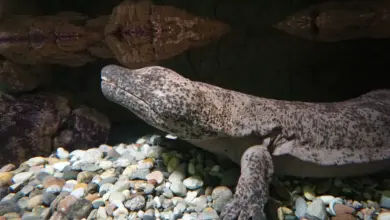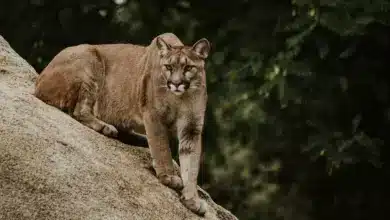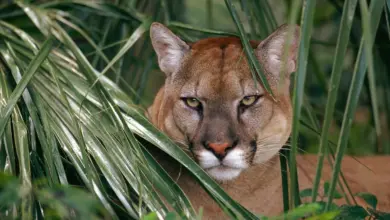Elks and Wolves In Yellowstone
Today's Wildlife News: Elks and Wolves In Yellowstone
Today’s Wildlife News & Wild Animal Facts
Yellowstone National Park’s elk population has probably been more affected by the reintroduction of wolves than any of the park’s other large creatures. Elk are a favorite prey animal of wolves, and the reintroduced predators have not only reduced the elk population by more than half since 1995 but, according to a recent Montana State University study, wolves have also caused elk to change their behavior in ways that appear to have reduced the number of calves they produce.
All of this is probably a plus for the Yellowstone environment, however.
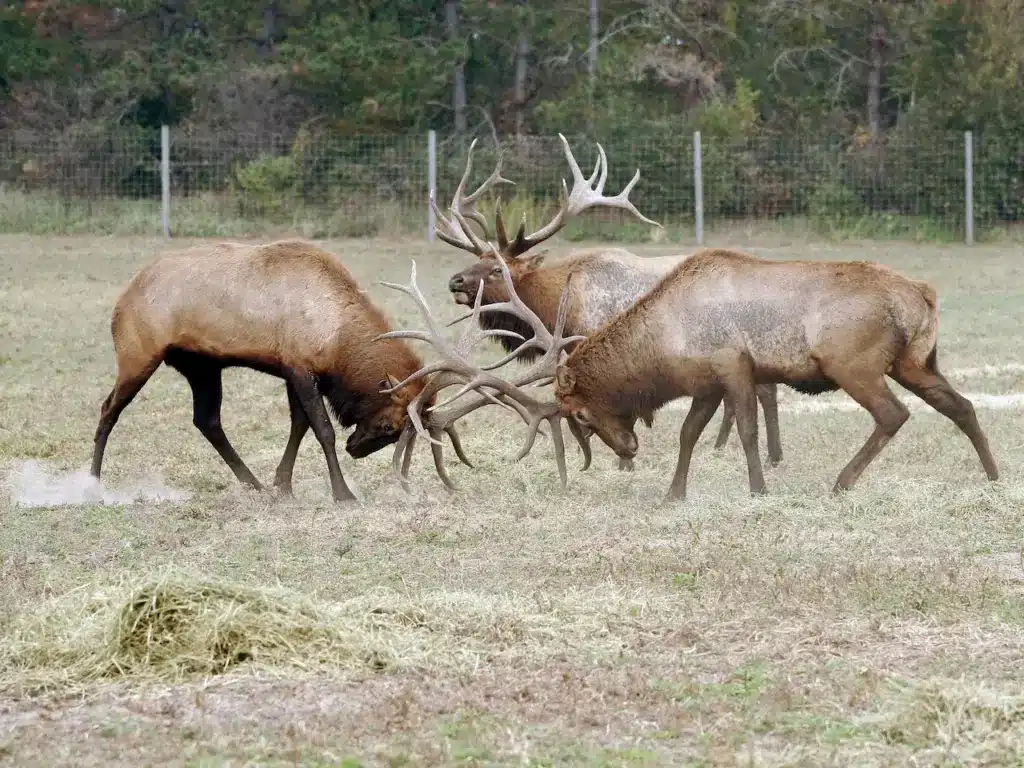
Since the 1995 reintroduction of wolves to Yellowstone, the park’s elk population has fallen from 17,000 and 19,000 to 6,200 and 6,700. According to the MSU researchers, the large drop in population cannot be entirely attributed to direct predation by wolves. Instead, say the researchers, elk populations pressured by wolves have also been producing fewer calves.
The scientists conclude that the most likely cause for the lowered birth rates is poorer nutrition among elk that have made behavioral adaptations to avoid wolves. The researchers say that elk now spend more time hiding from wolves in the forests, where there is less food, than grazing out in open meadows where wolves are more likely to spot them.
However, the Yellowstone ecosystem benefits from this relatively new interaction between the species: Fewer elk likely means that elk range now will be less likely to be damaged by overgrazing, thereby leaving sufficient forage for all of the area’s grazing species.
If you’d like to read more about this and other Montana and Yellowstone-area issues, including–and especially–the reintroduction of wolves in the Rocky Mountains, we recommend visiting Ralph Maughan’s Wildlife News here.
Endangered Alligators Returned To The Wild
After nearly going extinct, the Chinese alligator–one of only two alligator species in the world–is once again reproducing in the wild.
The Wildlife Conservation Society (WCS) reports that 15 baby Chinese alligators hatched on Chongming Island at the mouth of China’s Yangtze River in 2008. The young alligators were offspring of parents that had been reintroduced to their native habitat from several captive breeding facilities, including the Bronx Zoo. The WCS is the parent organization of the Bronx Zoo.
As the most critically endangered of all members of the crocodile family, Chinese alligators would be at the top of many conservationists’ top 10 endangered species lists. A 1999 survey turned up only 130 of the vanishing reptiles. The new hatchlings now give the species a renewed chance for survival in the wild.
Scientists began releasing Chinese alligators onto Chongming Island in 2003. The first successful reproduction occurred last year.
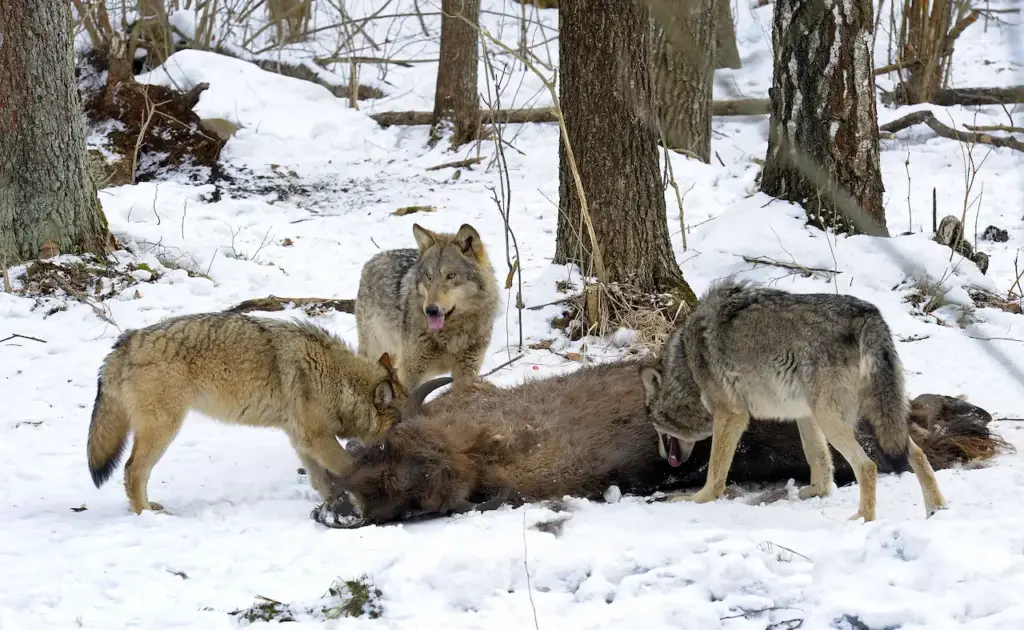
According to the WSC, “Also known as “tu long,’ which means ‘muddy dragon,’ the Chinese alligator once ranged over a wide watershed area of East China. Today, this remnant population is one of only two alligator species. (The other is the better known, and much better off, American alligator.)
“The Yangtze River is the third longest river in the world after the Amazon and the Nile, and the most economically important waterway in China. The world’s largest hydroelectric dam, the Three Gorges Dam, is also located on the river. The high levels of development along the river have become a challenge for native wildlife; in 2006, a comprehensive search for the Yangtze River dolphin, or baiji, didn’t find any, although a single dolphin was seen in 2007.”
Some of the differences between alligators and crocodiles include the alligators’ broader snout and darker body color, and the fact that crocodiles’ teeth are visible even when their mouths are closed. While alligators exist only in China and the US, crocodiles are found in tropical and subtropical habitats all over the world.
